
Large & Small Dates
1960
In January of 1960, the US Mint started minting the 1960 Lincoln cents. The last two digits of the date were smaller than normal and the 0 looked more like the letter o than a number. This was a problem because it resulted in many die breaks among other problems. Before the next month started, the mint had already decided to solve the problem by remaking the master dies with the proper size digits. This meant that the small date variety would be scarce as only a few million were minted by the Philadelphia mint and a few more by the Denver mint. To complicate matters even more, it was discovered that there existed a small date over large date cent in the proof sets for that year. A Large date over small date proof cent was also discovered. These two varieties are still sought after by collectors today and usually bring a premium price when sold.
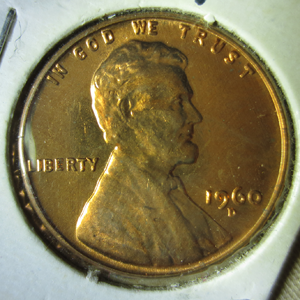
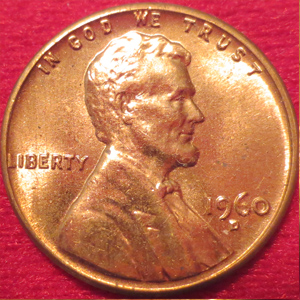
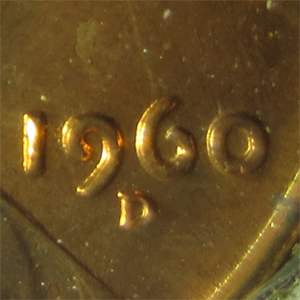
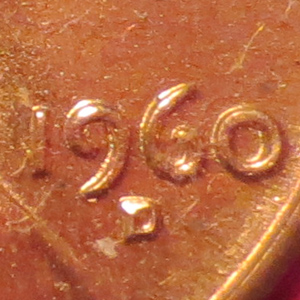
The photos above compare a 1960-D Small Date (Left) to the 1960-D large date (right).
Another way to tell the difference between the 1960 large and small dates, is to look at the inside loops of the 6 and 9. The engraving on the master die looks like the photo below.
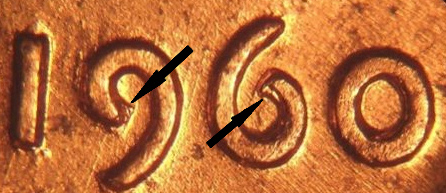
1970
In 1970 at the San Francisco mint, there were also large and small dates minted. The small date variety has a lower mintage and since there are fewer of them, they are going to be harder to find and have a higher price.
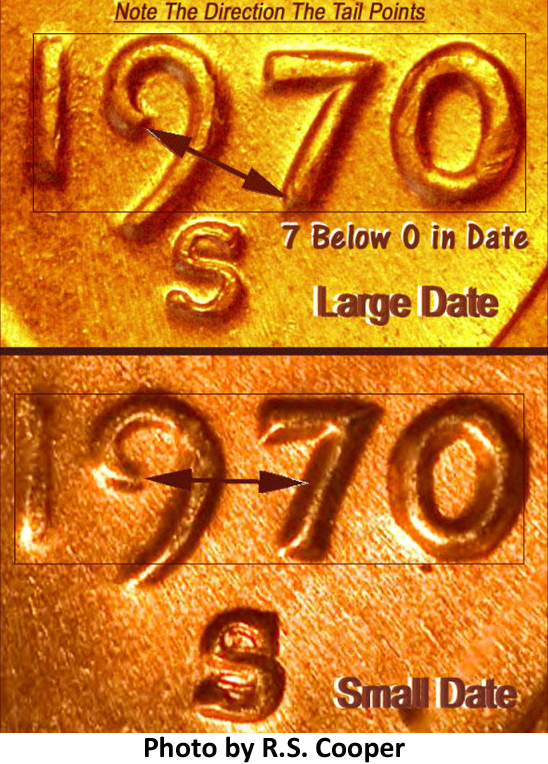
The 1970-S small date Lincoln cent causes a lot of confusion for some collectors and many have paid the higher cost for a small date and ended up with a large date but couldn't tell the difference and are none the wiser, until they try to sell it again. It can be tough to tell the difference between the two varieties. There are a few ways to tell the difference if you know what to look for. On a small date 1970-S Lincoln cent, the word LIBERTY is weakly struck, this is the first sign that you might have a small date but it's not a 100% sure way to tell, as some of the large dates can be weakly struck also. Another way to tell the difference is to look at the top of the 7. On the small date, the top of the seven is level with the other numbers, sometimes referred to as a high seven. On the large date, the seven will be lower than the other numbers in the date.
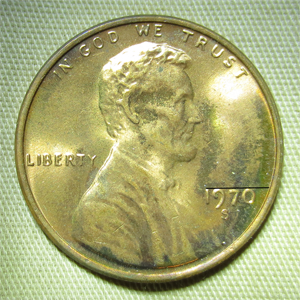
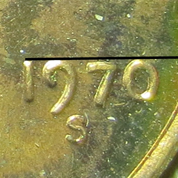
The photos above show a 1970-S large date cent. Notice how the top of the seven is lower than the other numbers in the date.
1974
1974 was also a year which also saw a large and small date variety. The mint had made a new master die for the 1974 cents which is doesn't do often, usually only when there is to be a change in the cent or the composition of it. The mint had been looking for a replacement for the Copper cent and even minted a few Aluminum cents in 1974. This may be the reason for the new master die. Later in the year, the mint again decided to make a new master die with a smaller date and less detail than the previous die. The large date is sometimes referred to as a type I and the smaller date as Type II. The differences between the two varieties is not great, nor is either one hard to find in circulation. This may be why they aren't as popular with collectors as some of the other large and small date varieties. Since this difference in size was on the master die itself, the large and small dates were made at all three mints, Philadelphia, Denver, and San Francisco.
The small date will have a lower relief than the large and the cross bar of the 4 doesn't extend as far to the left as it does on the large date. Another noticeable difference can be seen in the details of Lincoln's hair.
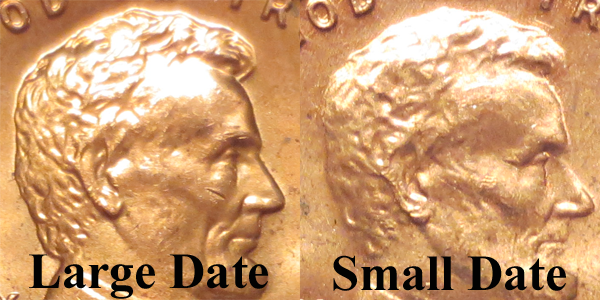
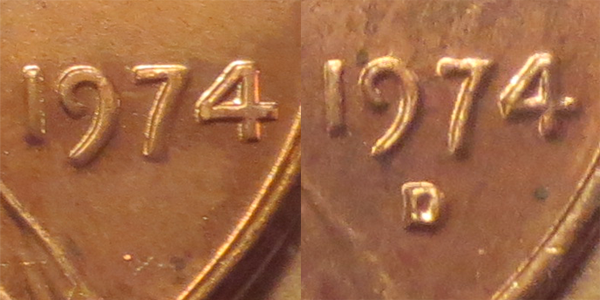
Another difference can be seen in the thickness of the numbers in the date as seen in the photo above
1982 Varieties

In 1982 the mint made seven business strike varieties of the Lincoln cent. They are the 1982 large date Copper, 1982 large date Copper plated Zinc, 1982 small date Copper, 1982 small date Copper plated Zinc, 1982 D large date Copper, 1982 D large date Copper plated Zinc, and the 1982 D small date Copper plated Zinc. They also produced a 1982-S large date copper Proof cent.
1982-P Large Date Copper
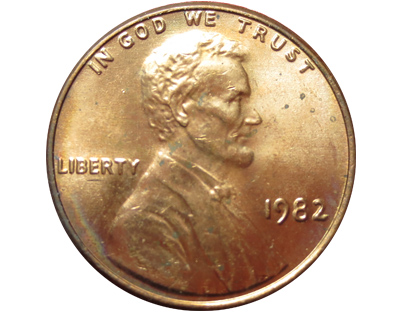

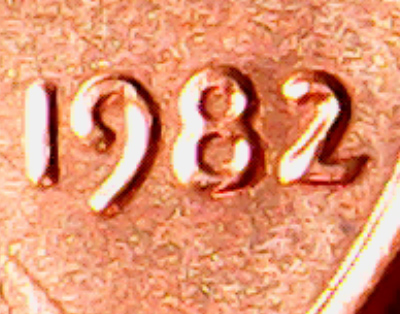
Photos By LincolnCentsOnline
1982-P Small Date Copper
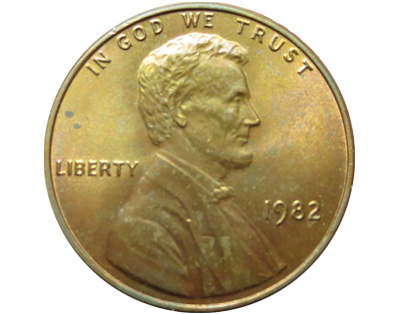
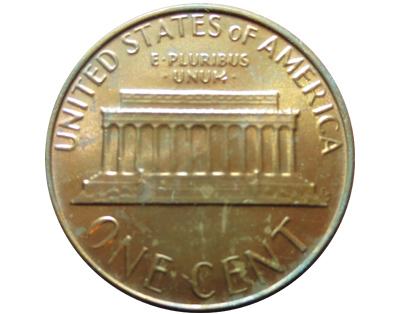

Photos By LincolnCentsOnline
1982-D Large Date Copper
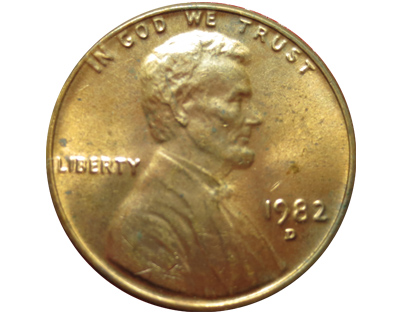
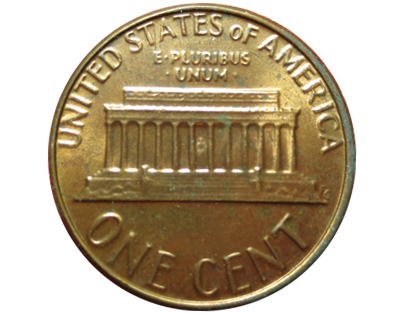

Photos By LincolnCentsOnline
1982-S Large Date Copper Proof
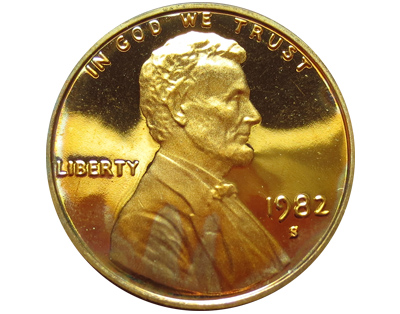


Photos By LincolnCentsOnline
1982-P Large Date Copper Plated Zinc



Photos By LincolnCentsOnline
1982-P Small Date Copper Plated Zinc
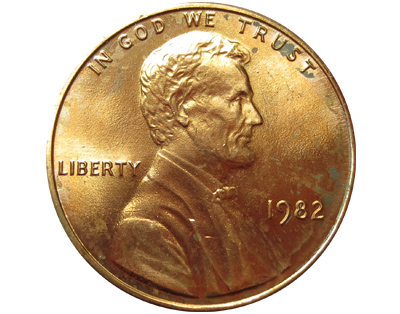
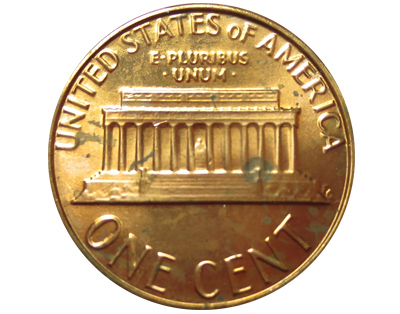
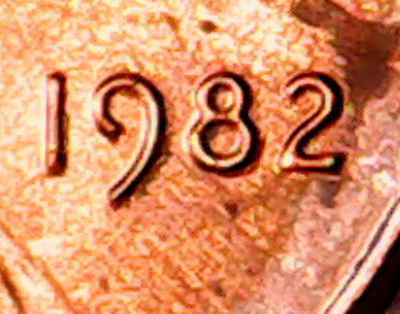
Photos By LincolnCentsOnline
1982-D Large Date Copper Plated Zinc
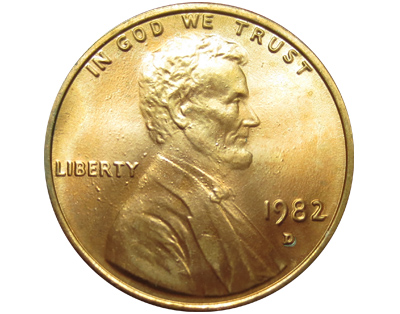
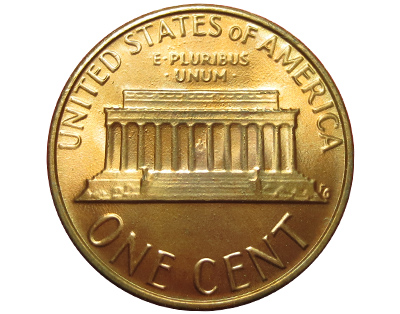

Photos By LincolnCentsOnline
1982-D Small Date Copper Plated Zinc

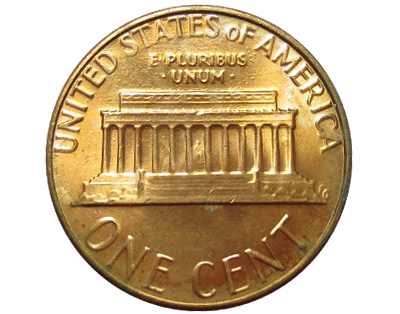
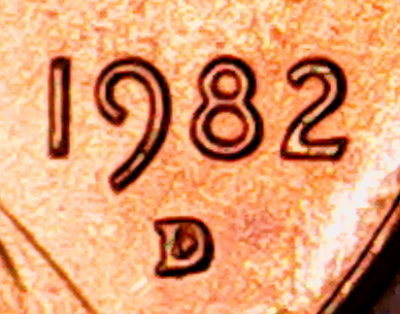
Photos By LincolnCentsOnline
The reason for so many different varieties of cents in 1982 was due mainly to the cost of producing Copper coins. The government likes to make a profit, this is called seigniorage or seigneurage. With Copper prices on the rise, the cost of producing a cent was nearly what it was worth. They needed a solution that that the public would easily accept. It was decided to use a Zinc core plated with Copper so it would resemble cents already in circulation, plus save big money on production. Copper plated Zinc and Copper cents were both minted in 1982.
To know for sure which coin is which, you need to weigh them. The Zinc planchet weighs 2.5g and the Copper planchet weighs 3.11g.
Next Section